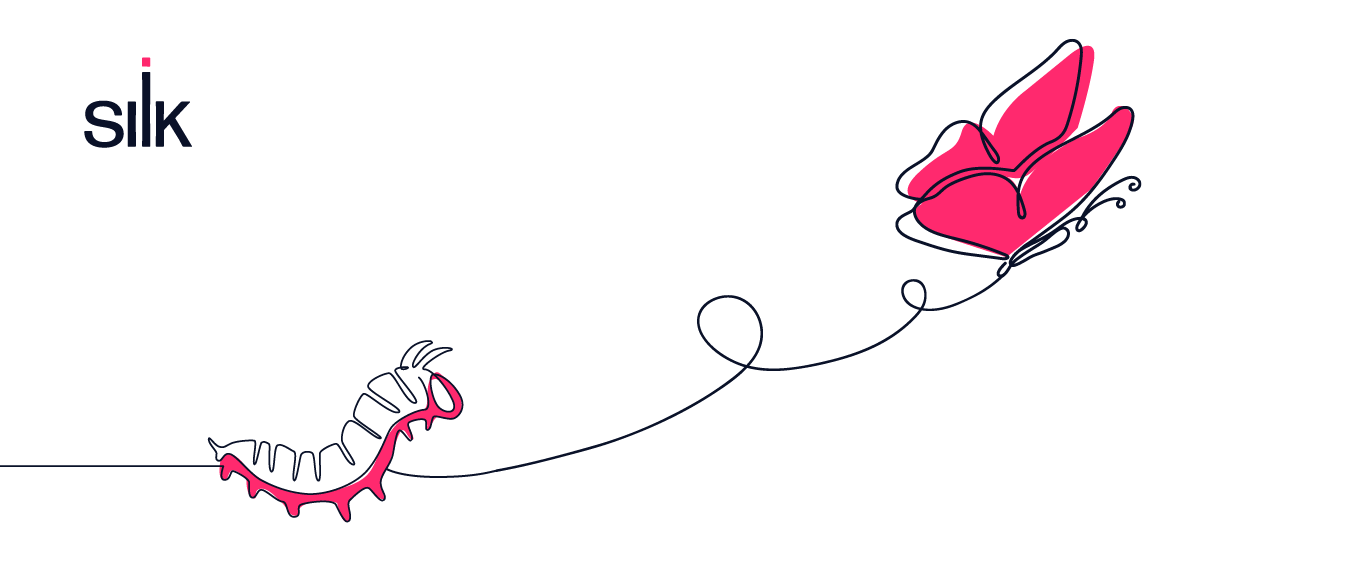In today’s rapidly evolving business landscape, organizations are constantly seeking innovative solutions to enhance their productivity, streamline operations, and stay ahead of the competition. Cloud computing has emerged as a game-changer, offering a range of services to businesses of all sizes. One of the most popular cloud computing models is Software-as-a-Service (SaaS), which provides numerous advantages over traditional on-premise software solutions. For software companies looking to stay ahead of the competition, turning your product into a SaaS offering can be the key. In this blog post, we will explore the key advantages of SaaS in cloud computing and how pivoting to offering SaaS can significantly benefit your business.
Key Advantages of SaaS in Cloud Computing
-
Cost-Effectiveness
One of the primary advantages of SaaS in cloud computing is its cost-effectiveness. Traditional on-premise software requires significant upfront investment in hardware, infrastructure, and licenses. On the other hand, SaaS eliminates the need for such costly investments, enabling businesses to reduce their cloud expenses and reallocate resources to other critical areas.
Reduced Infrastructure Expenses:
With SaaS, businesses no longer need to invest in expensive hardware or servers. All infrastructure and server management responsibilities are handled by the SaaS provider, resulting in substantial cost savings.
Flexible Pricing Models:
SaaS providers typically offer flexible pricing options, allowing businesses to choose a subscription plan that best suits their needs and budget. This pay-as-you-go SaaS model ensures that businesses only pay for the resources they utilize, eliminating wastage and optimizing cost-efficiency.
Lower Maintenance Costs:
SaaS providers handle software updates, bug fixes, and system maintenance, eliminating the need for businesses to allocate dedicated IT personnel or resources for these tasks. This reduces maintenance costs and frees up internal resources for other strategic initiatives.
-
Scalability and Flexibility
Scalability and flexibility are critical factors for businesses aiming to adapt to changing market demands and growth opportunities. SaaS in the cloud offers unmatched scalability and flexibility, allowing businesses to seamlessly expand or contract their software usage as needed.
On-Demand Expansion:
SaaS solutions provide on-demand scalability, enabling businesses to scale their software usage up or down quickly and effortlessly based on their current requirements. This agility is particularly beneficial during seasonal fluctuations or periods of rapid growth, where businesses can easily accommodate increased workloads without disruptions.
Resource Allocation:
With SaaS, businesses can allocate resources dynamically, ensuring optimal utilization and efficiency. As the needs of the organization evolve, resources can be reallocated or reassigned to different areas, enabling businesses to respond effectively to changing priorities and market conditions.
-
Simplified Implementation and Deployment
Implementing and deploying traditional on-premise software solutions can be complex and time-consuming, requiring extensive planning, installation, and configuration. In contrast, SaaS in the cloud offers simplified implementation and deployment processes, significantly reducing time-to-value and increasing operational efficiency.
Faster Time-to-Value:
SaaS solutions are designed for rapid deployment, allowing businesses to quickly start using the software and realizing its benefits. The streamlined implementation process ensures that businesses can leverage the software’s features and functionalities without extensive delays, accelerating time-to-value.
Streamlined Upgrades:
SaaS providers handle all software upgrades and updates, ensuring that businesses are always using the latest version of the software. This eliminates the need for businesses to manage complex upgrade processes, saving time and resources while ensuring they have access to the latest features and security enhancements.
4. Collaboration and Mobility
In today’s digital age, collaboration and mobility are crucial for businesses to foster teamwork, improve productivity, and enable employees to work from anywhere. SaaS in the cloud offers a range of collaboration and mobility features that can transform the way businesses operate.
Real-Time Collaboration
SaaS applications provide real-time collaboration capabilities, allowing multiple users to work on the same document or project simultaneously. This promotes teamwork, enhances productivity, and eliminates version control issues that often arise with traditional software.
Cross-Platform Compatibility:
SaaS solutions are typically designed to be compatible with various operating systems and devices, including desktops, laptops, tablets, and smartphones. This cross-platform compatibility enables end-users to access and collaborate on their work from any device with an internet connection, enhancing flexibility and enabling remote work.
Access from Anywhere:
With SaaS in the cloud, end-users can access their applications and data from anywhere with an internet connection. This enables employees to work remotely, collaborate with team members across different locations, and access critical information while on the go. It also facilitates seamless communication and ensures business continuity, even during unexpected events or disruptions.
-
Enhanced Data Security
Data security is a top concern for businesses, especially when it comes to storing and managing sensitive information. SaaS in the cloud offers advanced security measures to protect data and ensure regulatory compliance. All while taking the pressure of security off the business.
Advanced Data Encryption:
SaaS providers implement robust encryption protocols to secure data both in transit and at rest. This encryption ensures that data remains confidential and protected from unauthorized access.
Regular Data Backup:
SaaS providers typically perform regular data backups, eliminating the risk of data loss due to hardware failures, natural disasters, or other unforeseen events. This ensures that businesses can easily recover their data and maintain business continuity.
Secure Data Centers:
SaaS providers often utilize secure data centers with advanced physical security measures, redundant power systems, fire suppression systems, and strict access controls. These measures ensure that data is stored in a secure environment and protected against physical threats.
Comparison: SaaS vs. On-Premise Software Solutions
To understand the advantages of SaaS in the cloud more comprehensively, it is essential to compare it with traditional on-premise software solutions.
Initial Investment and Ownership Costs:
On-premise software solutions require significant upfront costs for hardware, infrastructure, licenses, and ongoing maintenance. SaaS, on the other hand, operates on a subscription-based model with lower upfront costs and predictable monthly expenses.
System Management and Upgrades:
On-premise software solutions require businesses to manage system maintenance, updates, and upgrades internally, which can be time-consuming and resource intensive. SaaS providers handle these tasks, allowing businesses to focus on their core competencies.
Security and Compliance:
SaaS providers often have dedicated teams and resources focused on data security and compliance. They implement robust security measures and ensure compliance with industry standards and regulations. On-premise solutions require businesses to invest in security measures and maintain compliance themselves.
After seeing the reasons why businesses are clamoring for SaaS offerings vs the traditional on-prem ones, it seems obvious that software providers should be morphing their product into SaaS. Yet the process isn’t as simple as uploading it to the cloud. Especially if the software is backed by a database such as Oracle or Microsoft SQL Server. The public cloud does not natively offer the ultra-fast performance that these databases require, leaving the applications these databases support sluggish. A sluggish SaaS offering is not what your customers are looking for.
Case Studies: Successful SaaS Implementations in Various Industries
Yet software providers are proving time and time again that it is possible to migrate database-supported applications to the cloud in order to be morphed into a SaaS offering. Take SimCorp for example.
SimCorp is the global leader in investment management solutions serving 40% of the world’s top financial companies. Its core product, SimCorp Dimensions, has traditionally only been sold as an on-premise software. But with market demands trending towards SaaS, SimCorp decided to lift and shift the product to Microsoft Azure and turn it into a SaaS offering. The only problem: achieving consistently high performance.
Using the Silk Cloud Virtualization Platform, SimCorp was able to roll out its SimCorp Dimensions SaaS offering to one of its largest clients and achieve 20% faster performance than the client had previously seen from SimCorp’s on-premise solution.
Embracing the Future of SaaS in Cloud Computing with Silk
If evolving your database-backed application to the cloud is something you’re struggling with, you need Silk. Silk acts as a virtualization layer between your applications and the underlying cloud infrastructure. It connects with compute VMs over a higher performance compute network instead of the limited-capacity data network typical of cloud infrastructure. This makes it able to support more performance-intensive workloads and eliminates the need to oversize compute VMs for faster performance. Silk separates the layers for performance and capacity, so you never have to spend unnecessary budget dollars to hit IOPS or throughput targets. And by offloading tasks that typically occur on the network layer, Silk provides dramatic and consistent reductions in latency for maximum application responsiveness.
Businesses are finding that embracing SaaS offerings provides numerous advantages such as cost-effectiveness, scalability, simplified implementation, collaboration, mobility, and enhanced data security. But for software providers, the shift from a traditional on-premise offering to SaaS can be a tumultuous one. With Silk, it’s possible to streamline the migration process while boosting performance in order to gain a competitive edge in today’s fast-paced business landscape.
Ready to Start Your Journey to SaaS?
Get your full roadmap for creating a SaaS offering here.
Download Now



